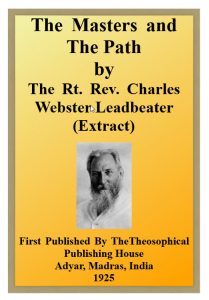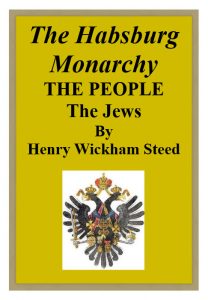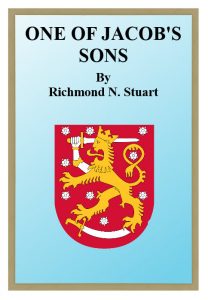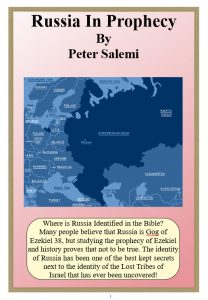For proof that the Pharisees are today’s Jews let us first see what the Jews, themselves, have to say on the subject.
Universal Jewish Encyclopaedia, page 474,”The Jewish religion, as it is today, traces its descent, without a break, through all the centuries, from the Pharisees. The Talmud is the largest and most important single member of their literature; the study which is essential for a real understanding of Pharisaism.
From Encyclopaedia Judaica – Rabbi Louis Finkelstein was chosen by the Kehilla (Jewish community) as one of the top- 120 Jews who best represent “a lamp of Judaism to the world. ” He headed the Jewish Theological Seminary in New York. (One of his star Pupils was former Chief Justice Earl Warren; see Who’s Who in America.
We quote from Finkelstein’s two volume work, “The Pharisees.” “Pharisaism became Talmudism, but the spirit of the ancient Pharisee survives unaltered. When the Jew studies the Talmud, he is actually repeating the arguments used in the Palestinian academies. From Pakistan to Babylonia, from’ Babylonia to North Africa, Italy, Spain, France and Germany; from there to Poland, Russia and eastern Europe generally,” ancient Pharisaism has wandered. “






